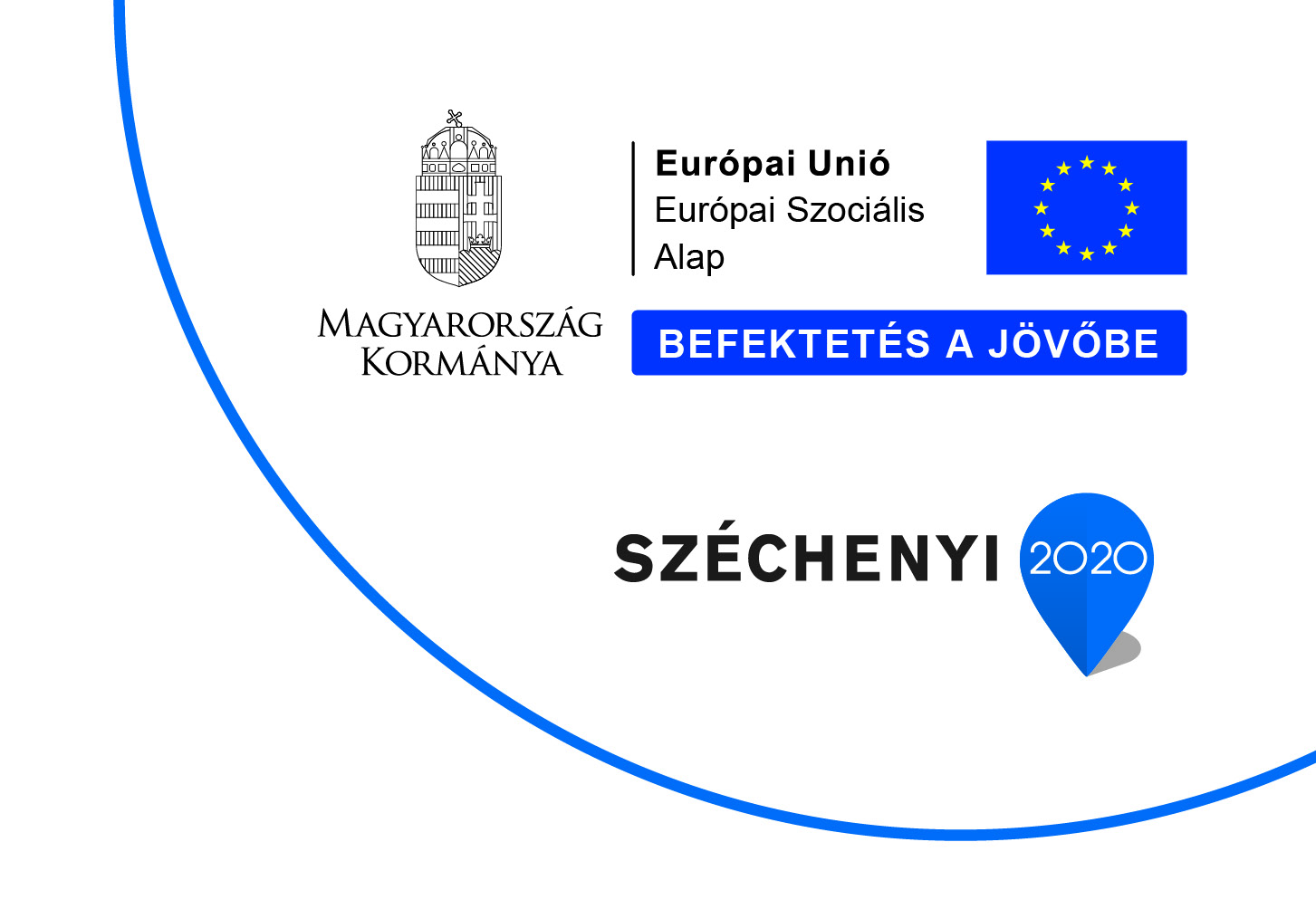Lafuente Jaime Gil és Pérez-Bustamante Yábar Diana C. és Medrano García María Luisa (2014) Algorítmos de optimización del rendimiento de los fichajes deportivos. Prosperitas, 1 (1). pp. 68-77. ISSN 2064-759X
Előnézet |
Szöveg
Lafuente_J_G_2014_1_prosperitas.pdf - Megjelent verzió Download (379kB) | Előnézet |
Absztrakt (kivonat)
During the last years we have been working on different models in order to reduce the uncertainty of fnding the best way of incorporate keen sportsmen into a team. Our study includes incorporations of new sportsmen either to play one or various roles (versatile or non versatile player) into the team (Gil Lafuente, 1999). Our analysis have been done over the whole team, and based on a tactic system we are able to assign an optimum role to each player in a determinant moment, taking into account all different conditions. Nevertheless, if the interesting results obtained by our proposed algorithm are not exactly applied in the terms of the scenario initially proposed, the model would be unsuccessful (Gil Lafuente, 2002). This could be the case of the trainer changing the team strategy from attach to a defensive one. If the signing has been selected for one exclusively type of play (or strategy), and the whole team is ready and thought only for one scenario, it would be not very useful. Our proposed model would facilitate the team manager an effective tool, not only for a unique play system but also for different ones. Te algorithm allows the players to adapt to “n” technical variables, trying to reach an ideal stadium where each player is an optimum in each scenario and strategy.
Abstract
La elaboración de distintos modelos enfocados a reducir en gran medida los elevados niveles de incertidumbre a la hora de seleccionar a deportistas de cara a incorporarlos a un determinado equipo, ya sea para ocupar una sola demarcación (Gil Lafuente, 1999) o varias posiciones indistintamente (jugador polivalente) (Gil Lafuente, 1999), son análisis que hemos venido realizando en los últimos años.. Estos estudios se han realizado una vez obtenidos los datos necesarios con respecto a una plantilla completa, pudiendo asignar a cada posición del sistema táctico aquellos jugadores que cumplían mejor, en un preciso momento, las condiciones necesarias para cada demarcación (Gil Lafuente, 1999). Pero es cierto que aún teniendo la posibilidad de obtener grandes resultados gracias a la utilización de los algoritmos propuestos (Gil Lafuente, 2002), esto podría resultar infructuoso si el máximo responsable del equipo optara, por el motivo que fuera, por cambiar la manera de jugar del conjunto, pasando, por ejemplo, de un sistema de ataque a un juego defensivo. Asimismo esto sucedería si con respecto a los fchajes, éstos se hubieran producido teniendo en cuenta exclusivamente un tipo de juego, ya que el día que (por propia convicción o porque las circunstancias obligaban a ello) se cambiara el sistema, la plantilla existente, meticulosamente preparada y seleccionada para jugar de una determinada manera, podría resultar poco útil. Por ello, nuestra propuesta permitirá facilitar a los responsables técnicos de un equipo, el fichaje de jugadores cercanos a lo que se podría considerar ideal, no sólo para un sistema de juego, sino para varios, pudiendo así, adaptar el número de deportista que se considere, ya sea dos, tres o el número que se decida de variantes técnicas, priorizando, si fueran necesario, en alguno de ellos, e incluso exigiendo unos mínimos indispensables en una u otra manera de jugar. De este modo, el jugador contratado habrá sido elegido, no sóloporque se acerca el máximo posible al jugador ideal para uno o varios esquemas tácticos, sino también por serlo para otras eventuales opciones estratégicas, asegurándonos así los mínimos indispensables para cada una de ellas.
Tudományterület / tudományág
társadalomtudományok > közgazdaságtudományok
Intézmény
Budapesti Gazdasági Főiskola
| Mű típusa: | Cikk | ||||||||||||
|---|---|---|---|---|---|---|---|---|---|---|---|---|---|
| Szerző publikációban használt neve: |
|
||||||||||||
| Kulcsszavak: | Condición sine qua non, Distancia relativa de Hamming, Fichaje, Índice de descartes por separación-distancia, Ponderación, Sistema de juego, Sine qua non condition, relative distance of Hamming, Signing, weight, role system | ||||||||||||
| Felhasználó: | Zsolt Kovács | ||||||||||||
| Rekord készítés dátuma: | 2018. Dec. 05. 16:11 | ||||||||||||
| Utolsó módosítás: | 2018. Dec. 07. 09:15 | ||||||||||||
| URI: | https://publikaciotar.uni-bge.hu/id/eprint/1067 |
Actions (login required)
 |
Tétel nézet |




